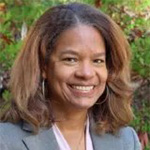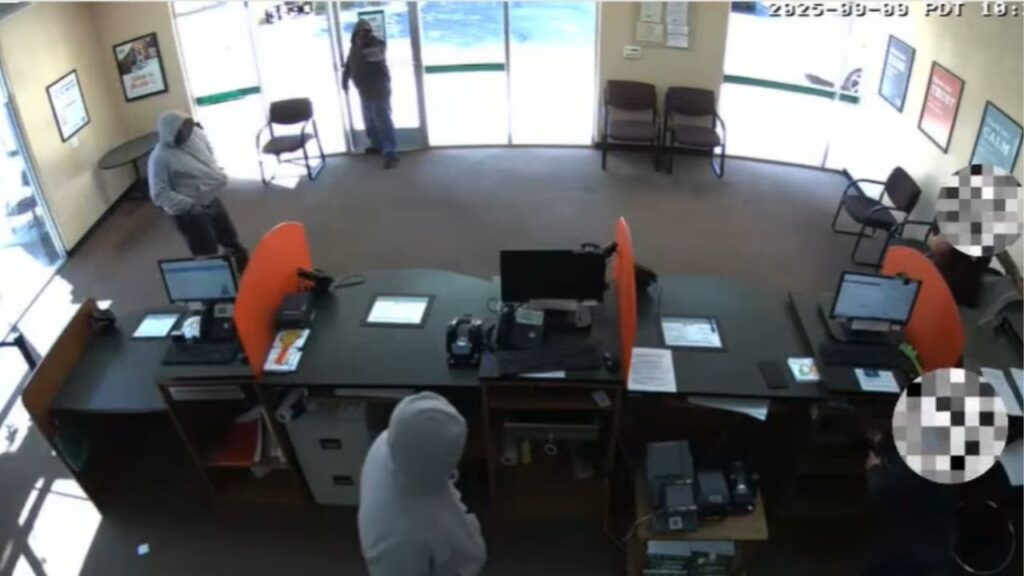Share
![]()
■The county’s Board of Supervisors voted to support legislation for nonpartisan volunteers to redraw election district boundaries.
■Independent commissions have been successful but face challenges such as cost and finding diverse representation.
■The Fair Maps Act has standardized redistricting but partisanship, litigation, and controversy can still influence the process.

Julie Lynem
CalMatters
Opinion
Politicians should never be in the business of choosing their voters.
It’s an oft-repeated mantra of California leaders pursuing independent redistricting commissions to stop flagrant abuses of political power outside of the public’s watchful eye.
San Luis Obispo County may be the latest to go this route. In January, the county’s Board of Supervisors narrowly voted 3-2 to support legislation that would put the responsibility for redrawing election district boundaries in the hands of a group of nonpartisan volunteers. State Sen. John Laird has since introduced Senate Bill 977, which would do just that and establish an independent commission.
If all goes according to plan, San Luis Obispo County will join a growing list of California communities adopting redistricting reforms, either through ballot initiatives, lawsuits, or state legislation. In this case, the motivating force was the adoption of the so-called Patten map, drawn by Arroyo Grande resident Richard Patten after the last census count and backed by the local Republican Party to give conservatives control of the Board of Supervisors.
Lawsuit Challenged SLO County Voting Map
The move led to a lawsuit to overturn the controversial map. Last March, with a new majority on the board, the county approved a settlement with groups that had filed suit, including SLO County Citizens for Good Government and the League of Women Voters.
Recent history aside, SLO County’s recent party-line vote to back Laird’s bill is another potent signal that the work to stamp out partisan gerrymandering in California is far from over. Absent a badly needed statewide mandate, the work to restore trust in the democratic process will take years, one county and city at a time.
“One reason we’re excited about this effort is that we’re sending a message that we want to ensure the redistricting process is one that is unbiased and impartial … to develop the best outcome for SLO County citizens,” said Jimmy Paulding, supervisor for the county’s 4th District.
So far, this piecemeal approach has actually been “wildly successful,” said Jonathan Mehta Stein, executive director of California Common Cause, a nonprofit focused on protecting democratic values. Eight years ago, the group sponsored SB 1108, which for the first time authorized California cities and counties to create independent commissions.
However, Mehta Stein acknowledged that it’s likely to be “a patchwork situation until state government understands the value of addressing this systematically.” That means Californians should expect to see “more and more one-off bills creating independent commissions for counties and ballot measures in cities,” he said.
Newsom Vetoed Independent Commission Bill
Citing concerns over the budget deficit, Gov. Gavin Newsom last year vetoed a bill that would have required larger cities and counties with over 300,000 residents to create independent commissions. That was a missed opportunity. But, as evidenced by other communities like SLO County, there’s momentum ahead of 2030 when the next round of redistricting will occur.
More than a dozen cities and several counties – Los Angeles, San Diego and Orange among them – have already embraced independent commissions. In 2022, Kern, Riverside, and Fresno counties were forced by the state to utilize commissions after citizens groups complained that new maps would disenfranchise Latino voters.
Helen Hutchison, president of the League of Women Voters of California, said the organization is not waiting for the state to act. The League will continue to work on the issue at the state level, but it doesn’t want to spend energy on something that may be vetoed again, she told me.
“We’re also practical, and the one-off bills will continue to keep the issue in front of people,” Hutchinson said. “We are also concerned about ensuring that implementation is consistent … we hear from people who say they’re interested in making sure they follow best practices.”
As promising as independent commissions may be, the process is not always neat and tidy, nor does it insulate the community from grappling with tough issues surrounding the independent bodies. Building completely independent commissions that operate with the utmost integrity is not a guarantee.
Independent Commissions Can Be Costly
Despite having the Fair Maps Act in place, which standardized redistricting to ensure accountability and protect marginalized communities, there’s still a chance for partisanship, litigation, and controversy to influence the process.
In 2022, for example, the redistricting process in San Francisco came under scrutiny after public outcry over how districts had been redrawn, leading to calls for the removal of three commissioners.
Then, there’s the question of who the commissioners will be. Three years ago, Santa Barbara County’s 11-member independent redistricting commission suffered from a spate of resignations, leaving it with a lack of diverse representation.
“Finding really good people willing to step up and spend time on this, it’s a challenge,” Hutchinson said. “Older and wealthier people are more likely to perceive that they have the time to do it. Getting a good spectrum of people and good representation can be difficult.”
Establishing independent commissions can also be costly, requiring outside consultants and lawyers to administer the process. San Luis Obispo County officials estimated the effort may cost upwards of $1 million.
“Older and wealthier people are more likely to perceive that they have the time to do it. Getting a good spectrum of people and good representation can be difficult.”
Helen Hutchison, President of the League of Women Voters of California
Challenges aside, advocates and county leaders remain optimistic that pursuing the path of independence is the right call.
It’s too early to tell what will ultimately make it into the final version of Laird’s bill. The board, however, wants to ensure that – at a minimum – commissioners reflect the diversity of the county, comply with the Fair Maps Act, and be as transparent as possible, holding at least two public hearings before drawing maps and three afterward.
Additionally, they want commissioners to issue a report explaining the basis for their decisions within 21 days of the map’s final adoption.
The county counsel’s office expects to examine a draft of the proposal in the next month or so, and Laird believes SB 977 will likely become law, just in time for the next redistricting cycle.
After SLO County’s recent brush with gerrymandering, District 2 Supervisor Bruce Gibson vowed “it can’t ever happen again, whoever is in power.”
“It used to be in our democracy, we had our rules,” Gibson said. “But democracy depends on norms of behavior, and when those norms are shattered, the system suffers. It’s not going to be perfect, but (independent redistricting) seems like the best response to it.”
When it comes to regaining the people’s trust in government, independent redistricting commissions may be an imperfect solution. But given the risk for not maintaining our democracy, perhaps it’s good enough.
About the Author
Julie Lynem is a journalism lecturer at Cal Poly San Luis Obispo and co-founder of R.A.C.E. Matters SLO County and RaiseUp SLO. Lynem is a veteran journalist who has been a reporter, columnist, or editor at the Indianapolis Star, San Francisco Chronicle, and San Luis Obispo Tribune.
Make Your Voice Heard
GV Wire encourages vigorous debate from people and organizations on local, state, and national issues. Submit your op-ed to bmcewen@gvwire.com for consideration.


















